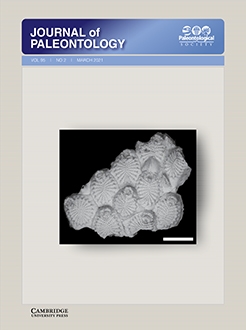We undertake a redescription of the equid sample from the Early Pleistocene of Roca-Neyra, France. This locality has been recently calibrated at the Pliocene/Pleistocene boundary (2.6 ± 0.2 Ma) and therefore it is of interest for the first appearance of the genus Equus and last appearance of hipparionine horses. The Roca-Neyra equid sample, reanalyzed herein using morphological, morphometrical, and statistical analyses, has revealed the co-occurrence of Plesiohipparion cf. ?P. rocinantis and Equus cf. E. livenzovensis. The analysis undertaken on several European, African, and Asian “Hipparion” sensu lato species from late Miocene to Early Pleistocene has revealed different remnant Hipparion lineages in the Plio-Pleistocene of Europe: Plesiohipparion, Proboscidippaion, and likely Cremohipparion. The discovery of the first European monodactyl horse, Equus cf. E. livenzovensis correlates Roca-Neyra with other 2.6 Ma European localities in Italy, Spain, and in the Khapry area (Azov Sea region). The morphological description of the Equus cf. E. livenzovensis lower cheek teeth has highlighted intermediate features between the North American Pliocene species Equus simplicidens and Early Pleistocene European Equus stenonis. Our study supports the hypothesis that E. livenzovensis is a plausible evolutionary predecessor for the Equus stenonis group. These observations underscore the importance of Roca-Neyra as an important locality for the last European hipparions and the first Equus in the Early Pleistocene of Europe.
How to translate text using browser tools
17 March 2021
New insights on the Early Pleistocene equids from Roca-Neyra (France, central Europe): implications for the Hipparion LAD and the Equus FAD in Europe
Omar Cirilli,
Raymond L. Bernor,
Lorenzo Rook
ACCESS THE FULL ARTICLE

Journal of Paleontology
Vol. 95 • No. 2
March 2021
Vol. 95 • No. 2
March 2021





